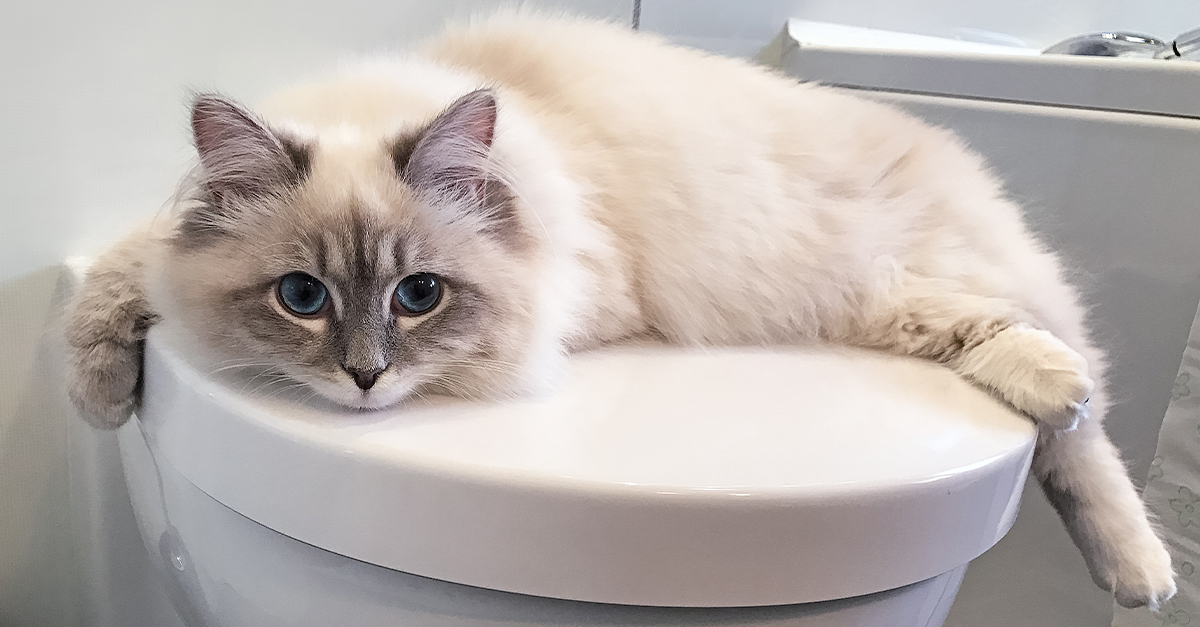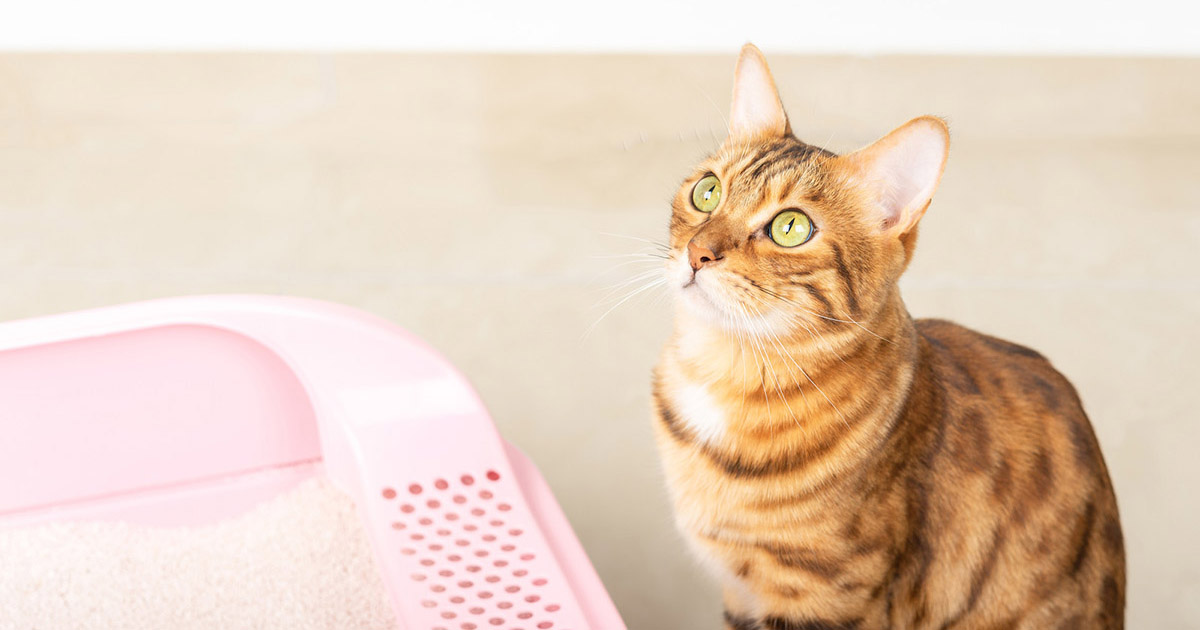The Consequences of Flushing Cat Poop Down Your Toilet - Protect Your Plumbing
The Consequences of Flushing Cat Poop Down Your Toilet - Protect Your Plumbing
Blog Article
Listed here down the page you'll find a lot of excellent news when it comes to Don’t flush cat feces down the toilet.

Introduction
As pet cat proprietors, it's vital to bear in mind how we deal with our feline friends' waste. While it might seem hassle-free to purge cat poop down the toilet, this technique can have damaging consequences for both the atmosphere and human health.
Ecological Impact
Purging cat poop presents hazardous virus and parasites into the water, posing a considerable danger to aquatic communities. These pollutants can adversely influence marine life and compromise water high quality.
Wellness Risks
Along with ecological problems, flushing cat waste can additionally posture wellness dangers to people. Cat feces might have Toxoplasma gondii, a bloodsucker that can cause toxoplasmosis-- a possibly extreme health problem, particularly for expectant ladies and individuals with damaged immune systems.
Alternatives to Flushing
Fortunately, there are more secure and much more liable methods to dispose of feline poop. Consider the complying with alternatives:
1. Scoop and Dispose in Trash
The most usual method of taking care of cat poop is to scoop it into an eco-friendly bag and throw it in the trash. Make sure to utilize a devoted trash inside story and get rid of the waste without delay.
2. Use Biodegradable Litter
Choose biodegradable cat trash made from materials such as corn or wheat. These litters are environmentally friendly and can be securely thrown away in the trash.
3. Bury in the Yard
If you have a yard, consider hiding cat waste in an assigned area far from vegetable yards and water resources. Make certain to dig deep sufficient to prevent contamination of groundwater.
4. Set Up a Pet Waste Disposal System
Buy an animal garbage disposal system particularly developed for cat waste. These systems make use of enzymes to break down the waste, lowering odor and ecological impact.
Conclusion
Accountable pet possession extends past offering food and shelter-- it also includes proper waste management. By refraining from purging pet cat poop down the commode and opting for alternate disposal techniques, we can decrease our environmental footprint and safeguard human wellness.
Why Can’t I Flush Cat Poop?
It Spreads a Parasite
Cats are frequently infected with a parasite called toxoplasma gondii. The parasite causes an infection called toxoplasmosis. It is usually harmless to cats. The parasite only uses cat poop as a host for its eggs. Otherwise, the cat’s immune system usually keeps the infection at low enough levels to maintain its own health. But it does not stop the develop of eggs. These eggs are tiny and surprisingly tough. They may survive for a year before they begin to grow. But that’s the problem.
Our wastewater system is not designed to deal with toxoplasmosis eggs. Instead, most eggs will flush from your toilet into sewers and wastewater management plants. After the sewage is treated for many other harmful things in it, it is typically released into local rivers, lakes, or oceans. Here, the toxoplasmosis eggs can find new hosts, including starfish, crabs, otters, and many other wildlife. For many, this is a significant risk to their health. Toxoplasmosis can also end up infecting water sources that are important for agriculture, which means our deer, pigs, and sheep can get infected too.
Is There Risk to Humans?
There can be a risk to human life from flushing cat poop down the toilet. If you do so, the parasites from your cat’s poop can end up in shellfish, game animals, or livestock. If this meat is then served raw or undercooked, the people who eat it can get sick.
In fact, according to the CDC, 40 million people in the United States are infected with toxoplasma gondii. They get it from exposure to infected seafood, or from some kind of cat poop contamination, like drinking from a stream that is contaminated or touching anything that has come into contact with cat poop. That includes just cleaning a cat litter box.
Most people who get infected with these parasites will not develop any symptoms. However, for pregnant women or for those with compromised immune systems, the parasite can cause severe health problems.
How to Handle Cat Poop
The best way to handle cat poop is actually to clean the box more often. The eggs that the parasite sheds will not become active until one to five days after the cat poops. That means that if you clean daily, you’re much less likely to come into direct contact with infectious eggs.
That said, always dispose of cat poop in the garbage and not down the toilet. Wash your hands before and after you clean the litter box, and bring the bag of poop right outside to your garbage bins.
https://trenchlesssolutionsusa.com/why-cant-i-flush-cat-poop/

Do you enjoy reading about How to Dispose of Cat Poop and Litter Without Plastic Bags? Make feedback directly below. We'd be glad to know your views about this page. In hopes that you come back again in the future. Enjoyed our write-up? Please share it. Let another person find it. We treasure reading our article about How to Dispose of Cat Poop and Litter Without Plastic Bags.
Visit My Website Report this page